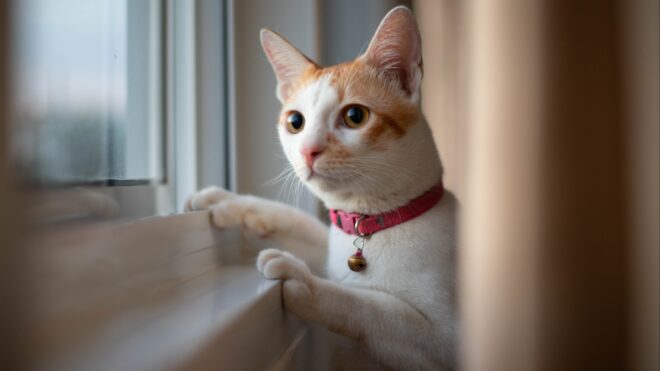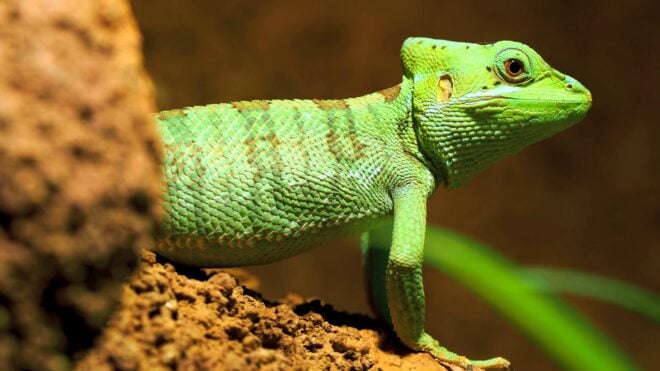Horses are some of the most beautiful animals on the planet. From their majestic faces, to their graceful movements, to their luxurious manes and tails, these animals are truly perfect from head to hoof. But one feature that really sets these incredible creatures apart from others is their wide variety of coat colors and patterns. In fact, there are so many, it's hard to keep track of them all!
Even though you'll be hard-pressed to find an ugly horse, we've shown you before that some breeds of horses really stand out from the rest thanks to their unique coat patterns and textures. But even though some breeds have very distinctive coats, such as this breed of horse that literally looks like it's made out of gold, there are plenty of others whose hair is perfectly "normal," genetically speaking. However, that doesn't make them any less beautiful than their more uncommon cousins.
Check out the most common colors you're likely to find on a horse, and try to think if you've seen any recently that match these descriptions. My horse has the same color as number 2, but she changes to look more like number 14 in the winter. Which of these gorgeous but common colors does your dream horse have?
Don't forget to SHARE this post with all your horse-loving friends!
1. Bay

Bay horses have a reddish-brown coat, a black mane and tail, and dark "points" on the tips of their ears and lower legs.
2. Dark Bay

Like the bay horse, dark bays have a brown coat with a black mane, tail, and points. However, their base coat is much darker than the normal bay, and they might even be mistaken for being black. The lighter points around their muzzle, flank, and under their forelegs are usually what give away their true coloring.
3. Liver Chestnut
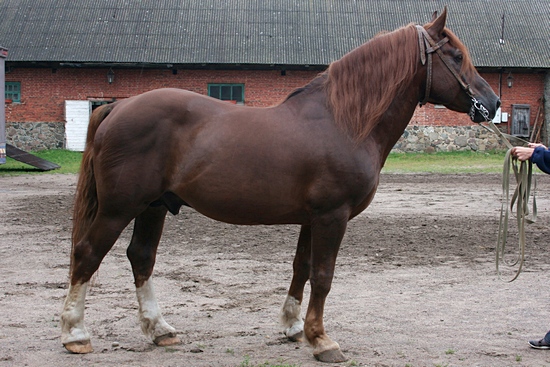
Liver chestnuts have a dark reddish-brown coat color, but unlike bays, their mane and tail are the same color as the rest of their bodies.
4. Chestnut
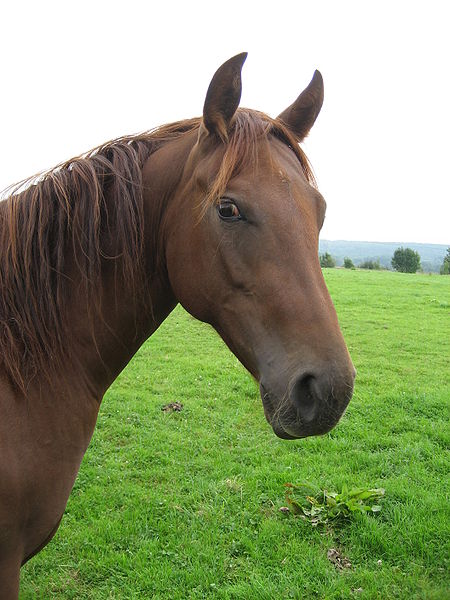
The chestnut color is what most people think of when they imagine a "brown" horse. Their manes, tails, and coats are a reddish-brown color that can vary slightly in lightness or darkness.
5. Sorrel
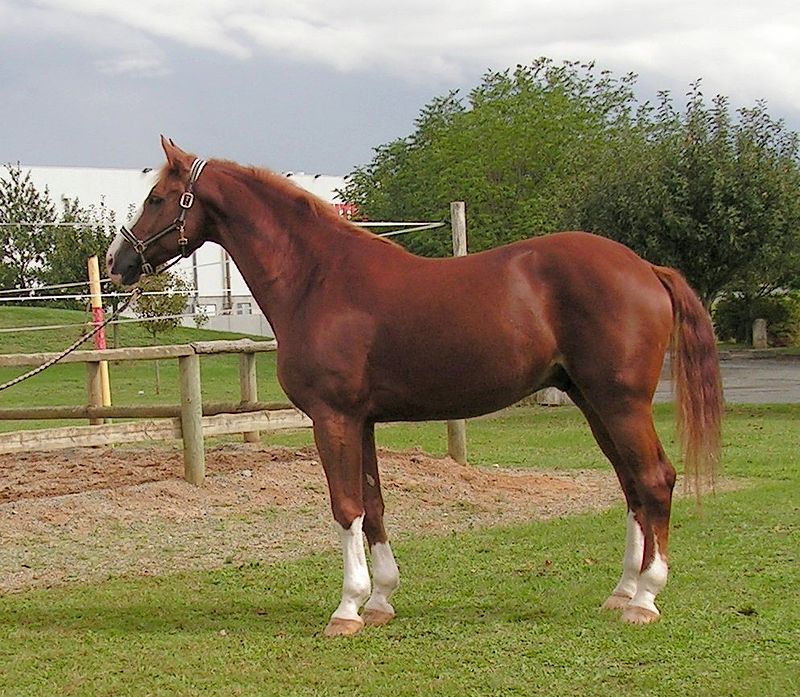
Sorrel is a variation of the chestnut coloring, the difference being that sorrel horses have a distinctively more reddish hue to their coats.
6. Gray
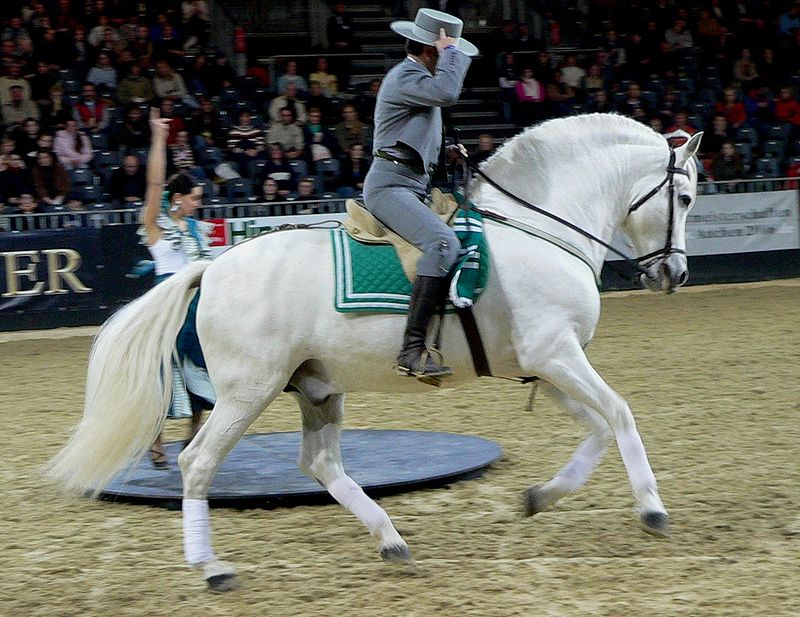
Many people mistake gray horses for being white. However, a gray horse is distinguished by having black skin and a white coat.
7. Dapple Gray
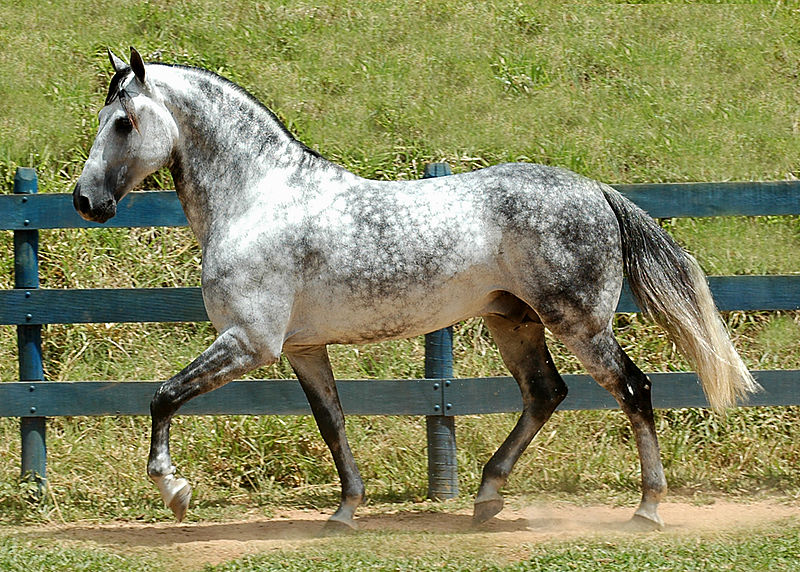
The "dapples" on this coat color are lighter spots of gray on a darker gray coat base. They can become more pronounced if the horse is exposed to more sunlight.
8. Flea-Bitten Gray
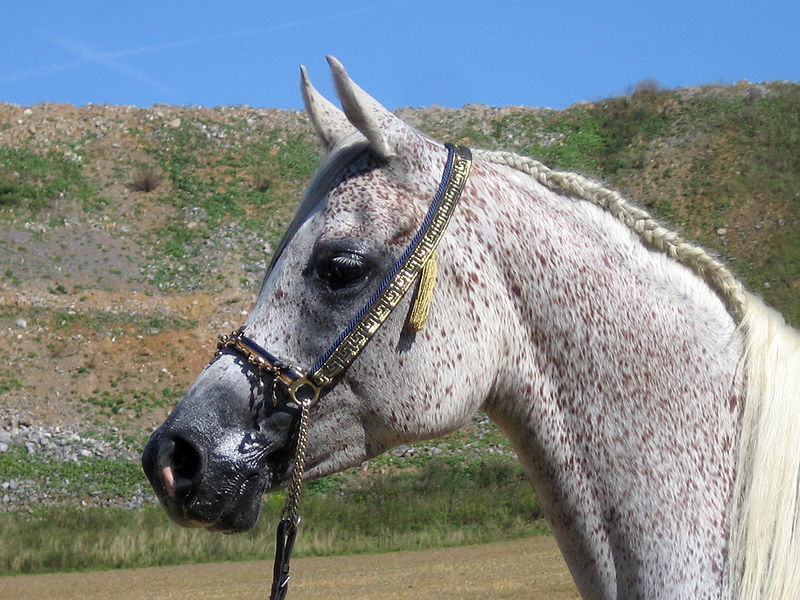
Flea-bitten grays aren't actually (hopefully) covered in flea bites. Instead, their gray base coat is speckled with reddish flecks of hair.
9. Rose Gray

While most horses don't stay this color their entire lives, it's nevertheless a beautiful shade of gray. It normally occurs as a transitional color — horses that are born bay or chestnut may become gray as they mature, and as their coat changes color, it takes on a pinkish hue. This color is most commonly seen in horses that are younger than two years old.
10. Cremello
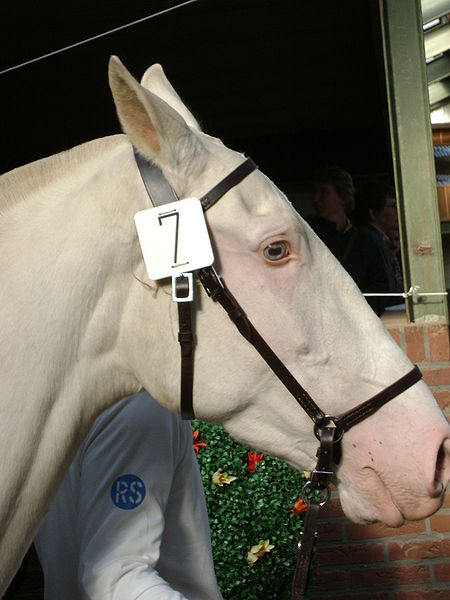
Cremello horses are very distinct in appearance. They have pink skin, which makes them susceptible to sunburn, and pale blue eyes. This distinguishes them from gray horses, which have black skin and, normally, brown eyes. Cremello horses are extremely similar in appearance to perlinos, which can have a slightly more reddish coat, mane, and tail.
11. Palomino
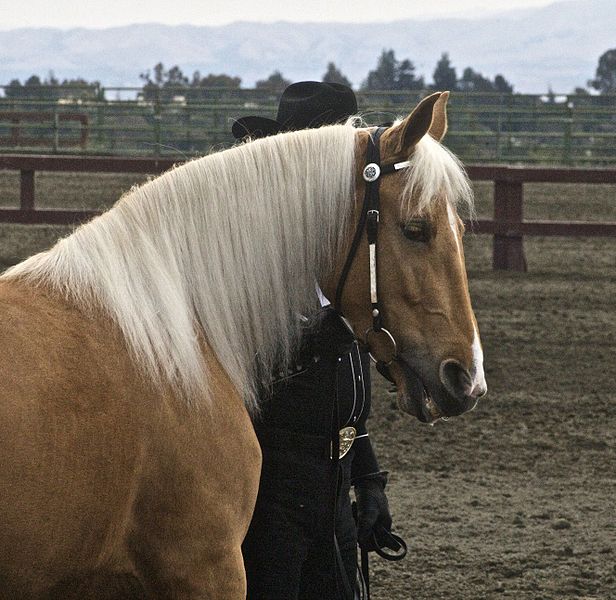
Though they vary in shades, the general rule for palominos is that they have a coat ranging in dark chestnut to a light, almost white color, and that their mane and tail be lighter. The ideal color for a palomino is a golden coat with a while mane and tail.
12. Buckskin

Buckskin horses share many of the same color characteristics of bay horses, including black manes, tails, and points, but they have a "dilution" gene that fades their coat color from a brown to a lighter color so it appears cream or golden-colored.
13. Dun
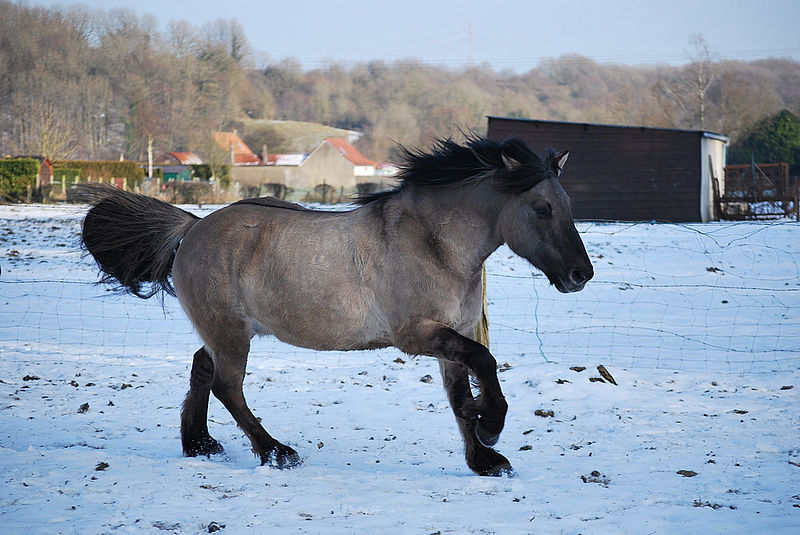
Duns are often confused for buckskins due to the fact that their coloring can be similar, but unlike buckskins, dun horses have a signature dorsal stripe that runs down their back. Their manes and tails are darker than the rest of their bodies, and they sometimes have faint stripes that appear on their upper legs. Dun horses can have many base colors, including chestnut (or "red dun"), golden (or "classic dun"), and grullo (or "blue dun").
14. Black
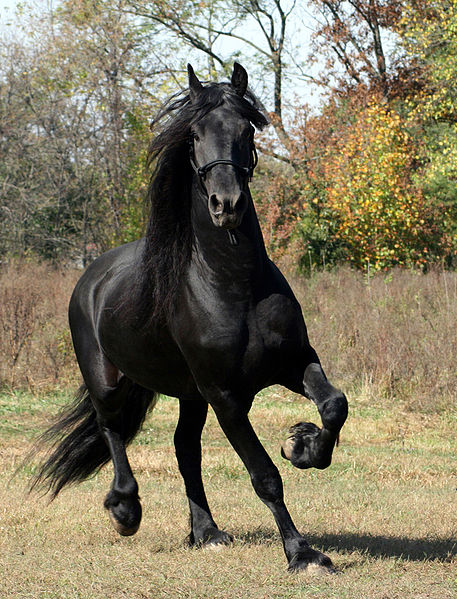
Black horses sometimes appear to be dark bay, especially if their coats fade in the summer. However, true black horses won't have the lighter "points" near their flanks and muzzles.
15. Roan
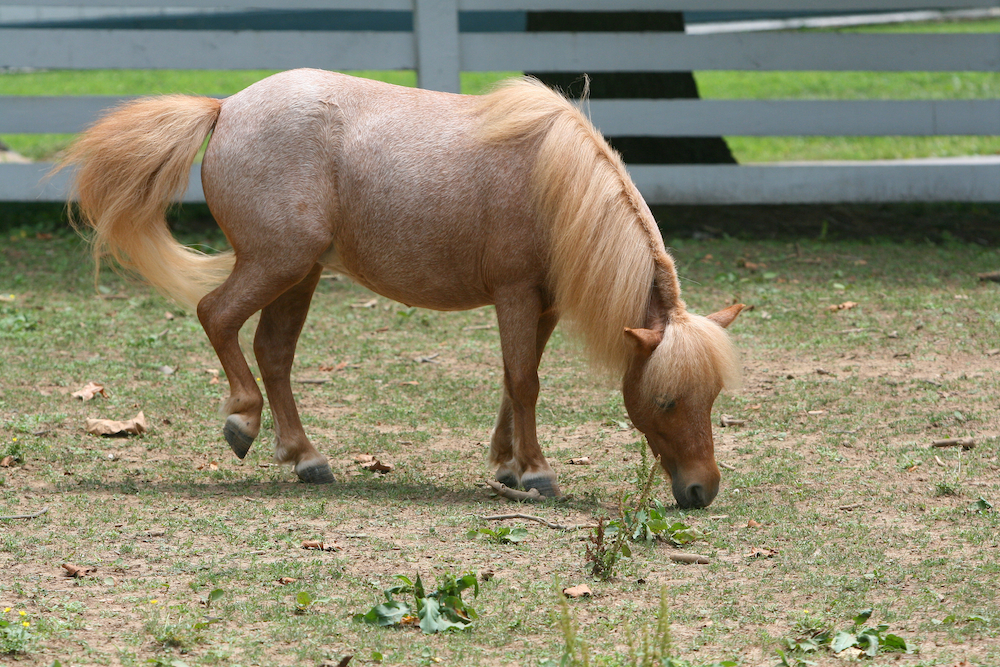
Roan horses have white hair mixed in with their base coat color, though their heads are normally either darker than the rest of their body or lack the white that makes their coats so distinctive. They come in multiple base colors, including bay, chestnut (also called "strawberry roan"), and gray (also called "blue roan").
16. Pinto

There are many variations of pinto coloring, but the main qualification is that a horse must have large white "splotches" mixed in with a darker coat pattern. Pinto horses can be overo, which means that they tend to have more jagged, horizontally-directed white markings, or tobiano, which means that their markings are more rounded and vertically-directed.
17. Leopard
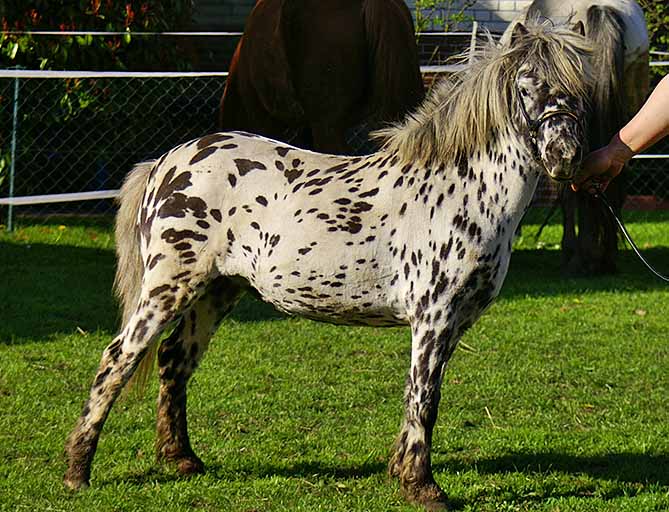
Most commonly found in Appaloosas and Ponies of the Americas, the leopard coat pattern is characterized by black, brown, or gray splotches on a white or light gray coat.
18. Blanketed
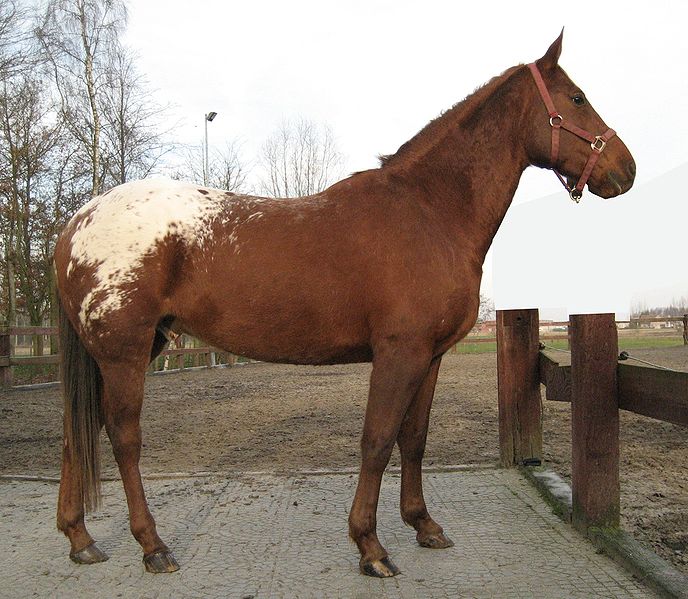
Another pattern common in Appaloosas and POAs, the blanketed coat is distinguished by having white hair on the rump of an otherwise darker coat, often with spots of darker hair spattered throughout the white area. Both the darker spots and the white area can vary in size and location.
Make sure to SHARE these horse colors with all your friends!


